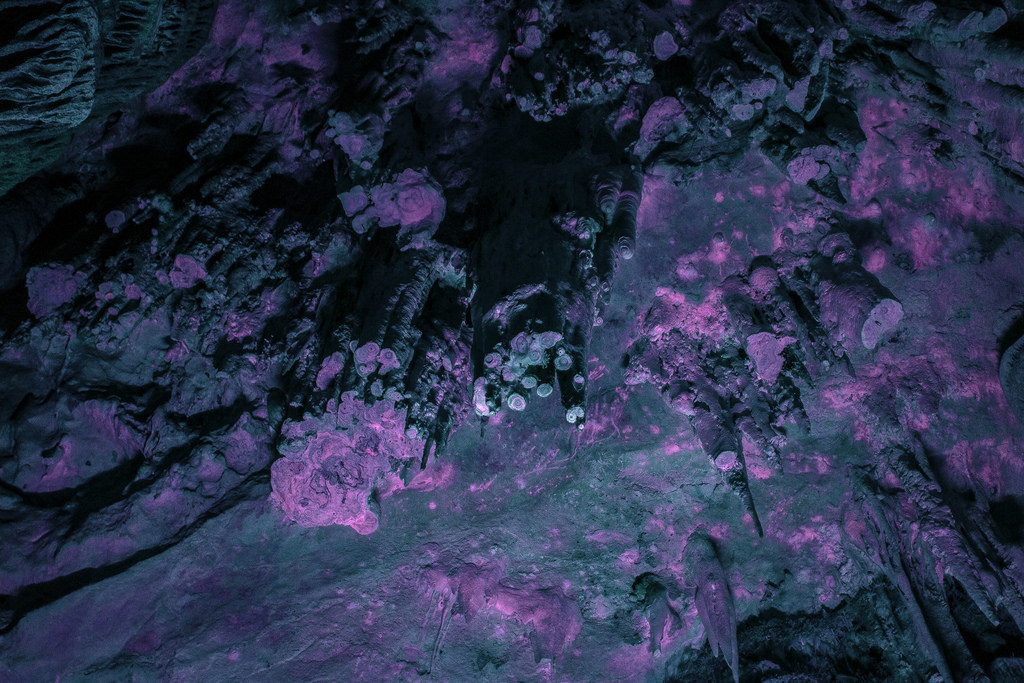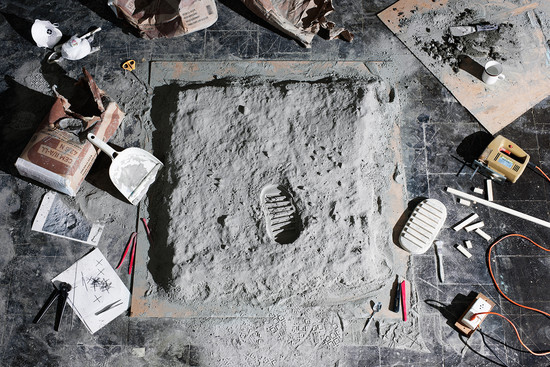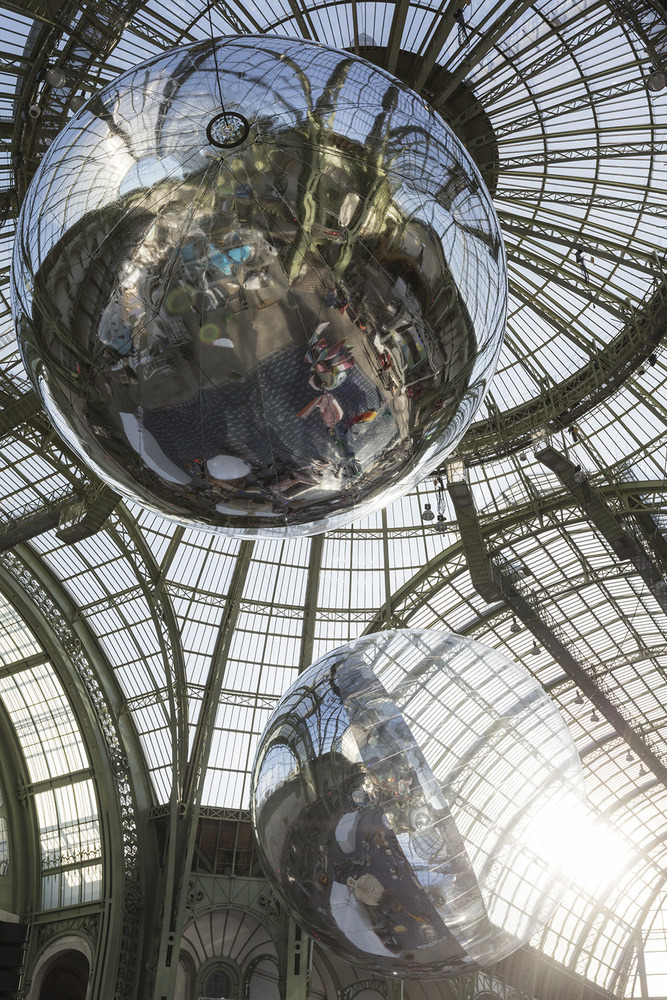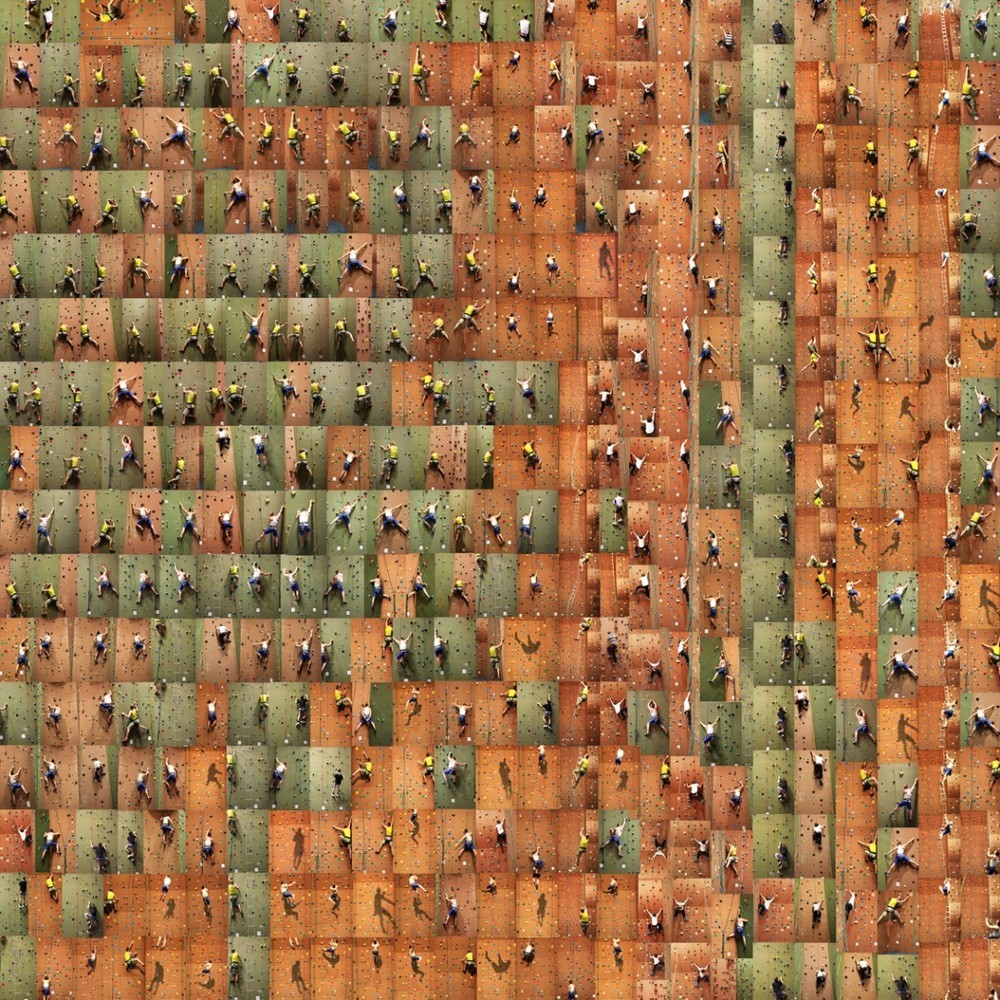_MG_8350 копия by merdaria (via http://flic.kr/p/AuXtbY )

_MG_8350 копия by merdaria (via http://flic.kr/p/AuXtbY )

_MG_8350 копия by merdaria (via http://flic.kr/p/AuXtbY )

goldspeck lichen by nervous system (via http://flic.kr/p/CkhQpo )

From El Amar, 1999-2005
Adriana Lestido


Green Energy - Solar Powered Lighting by Jerry Fryer (via http://flic.kr/p/ChnHne )

0000042 by 0rph (via http://flic.kr/p/y93ehZ )

658621 by Natan Vance (via http://flic.kr/p/Cimdo9 )

Greenland by auspices (via http://flic.kr/p/AxxPxe )

by auspices (via http://flic.kr/p/CqEdP4 )

First Aid by auspices (via http://flic.kr/p/mUap64 )

*Spark of Light* by Polina Washington (via http://flic.kr/p/nBB1uJ )

schnorchel by Benoît Debuisser (via http://flic.kr/p/BwGWwq )

யானை முகத்தோன் by ayashok photography (via http://flic.kr/p/fUcVf3 )

201501220 (via http://flic.kr/p/CraFw4 )

201501219 (via http://flic.kr/p/CraDSc )

201501218 (via http://flic.kr/p/BZ3aTS )

201501217 (via http://flic.kr/p/CoRU3A )

201501216 (via http://flic.kr/p/BSEe1T )

stillness 10 (via http://flic.kr/p/CiRkK4 )

ORBCOMM-2 by Official SpaceX Photos (via http://flic.kr/p/BYMUF5 )

ORBCOMM-2 First-Stage Landing by Official SpaceX Photos (via http://flic.kr/p/BXPvTy )

Blue evaporation ponds are visible at the Intrepid Potash Mine in Moab, Utah, USA. The mine produces muriate of potash, a potassium-containing salt used widely by farmers in fertilizer. The salt is pumped to the surface from underground brines and dried in massive solar ponds that vibrantly extend across the landscape. As the water evaporates over the course of 300 days, the salts crystallize out. So why are you seeing such vibrant colors? The water is dyed bright blue to reduce the amount of time it takes for the potash to crystallize; darker water absorbs more sunlight and heat.
38.483377775°, -109.681333272°

Teufelsburg, Berlin by scloopy (via http://flic.kr/p/fu5ePS )


Sunspot and a Helicopter – 1990 © Kikuji Kawada


But more wonderful than the lore of old men and the lore of books is the secret lore of ocean. -H. P. Lovecraft by Christopher.Michel (via http://flic.kr/p/BTJtJY )

201501214 (via http://flic.kr/p/BomYbQ )

201501215 (via http://flic.kr/p/BTJqum )

201501213 (via http://flic.kr/p/BotwK4 )

201501212 (via http://flic.kr/p/CdzgWe )

201501211 (via http://flic.kr/p/CdzfYH )
Things are exactly what they are, yet never as they seem. We live in a world of tricksters. We never left the pre-Neolithic. It was all a nightmare that went viral. And we know this, because we have modern science. And this is the world described by object-oriented ontology. Which is why OOO is so great, and the real reason why it comes in for such hostile fear and rage. According to this view, an artwork cannot be reduced to its parts or its materials, nor can it be reduced to its creator’s life, nor to some other context, however defined (the last decade, the current geological era, the economic structure of human society, art discourse, power-knowledge – anything). And art has an actual causal effect. Art just is tampering directly with cause and effect, because art is what cause and effect actually is. Art is charisma, pouring out of anything whatsoever, whether we humans consider it to be alive or sentient or not.
http://artreview.com/features/november_2015_feature_timothy_morton_charisma_causality/
Daniel Rigmaiden is the man who first discovered Stingray while he was in prison facing charges of tax fraud. In an attempt to live off the grid, Rigmaiden had concocted a scheme where he would file tax returns for dead people. He did so for quite a while — making sure to cover his tracks — and was able to rake in thousands of dollars. Despite his intense meticulousness to details, Rigmaiden was ultimately caught by the authorities. Yet he didn’t understand how they became hip to his ways. He used a slew of fake IDs, maintained almost no public identity, and even lived in the woods. The only weak link, he thought, was the cellular AirCard he used to access the internet. But, given that he only used fake identities and anonymized his web browsing, Rigmaiden did not understand how they tracked him down. And so he began to research.

allover by turezure (via http://flic.kr/p/FgT7R )

by S3x(95) (via http://flic.kr/p/BgLrBC )

by koeb (via http://flic.kr/p/xqbhxw )

by richard:b (via http://flic.kr/p/CaRbzD )


☾ by EmilyJHansell (via http://flic.kr/p/BPvJ5w )

Mongolian marvel by europeanspaceagency (via http://flic.kr/p/BkJTBy )

Saskatchewan, Canada by europeanspaceagency (via http://flic.kr/p/C8MA55 )

201501210 (via http://flic.kr/p/BRhuam )

201501209 (via http://flic.kr/p/CipVPH )
Here are the criminal indictment and Securities and Exchange Commission complaint against Martin Shkreli, who was arrested today not for jacking up prices for lifesaving drugs, not for buying the only copy of a Wu-Tang Clan album and not listening to it, not for being generally vile on Twitter and in interviews, but just for garden-variety securities fraud. Here’s how the indictment describes the early going at Shkreli’s second hedge fund, MSMB Capital

by skynecta (via https://www.instagram.com/p/_bSywqjL35/)

by (x)99. (via http://flic.kr/p/BHRMSX )

re.awaken by jonathancastellino (via http://flic.kr/p/C9yL1r )

201501208 (via http://flic.kr/p/BjPM6T )

201501207 (via http://flic.kr/p/BHGk8T )

201501206 (via http://flic.kr/p/C9VDHV )
“What about confusing clutter? Information overload? Doesn’t data have to be “boiled down” and “simplified”? These common questions miss the point, for the quantity of detail is an issue completely separate from the difficulty of reading. Clutter and confusion are failures of design, not attributes of information.”
–Edward R. Tufte (viainthenoosphere)

Trollstigen in Norway. by Christoph Schaarschmidt

201501205 (via http://flic.kr/p/BFTJfV )

201501204 (via http://flic.kr/p/BFSASv )

201501203 (via http://flic.kr/p/BhT12Q )

201501202 (via http://flic.kr/p/Cd5zG7 )

201501201 (via http://flic.kr/p/BhZM9R )

201501130 (via http://flic.kr/p/BhZKzZ )

From #jellies to #bumblebees like to the #Moon and back… #Orchid #morpho #urania #insect #happylife #InSectWeTrust #TheDarwinSect by thedarwinsect (via https://www.instagram.com/p/8k_R2MEUQH/)

Let us introduce you Dexter ❤️ Welcome to the Sect little budy ! #Crowntail #Betta #Splender #RedisRed #darwinsectmembers #CrazyinLove #Fish #Beauty #InSectWeTrust #TheDarwinSect by thedarwinsect (via https://www.instagram.com/p/7r_PC5EUbB/)

#mues #dentelle #transparence #serpents #obssession by thedarwinsect (via https://www.instagram.com/p/vEtBCKkUdH/)

HD_The_Darwin_Tank_10 by The Darwin Sect (via http://flic.kr/p/zbXLSN )

Untitled by Nick31276 (via http://flic.kr/p/C3bWQd )

_R103935 by aki*3 (via http://flic.kr/p/BhCRbR )

Mars Globe - Ingeborg Brun [1914] by mr prudence (via http://flic.kr/p/BhzvM7 )

CRS-6 Launch by Official SpaceX Photos (via http://flic.kr/p/saiWqj )
Flandrensis, its flag, its motto and the cheerful personality of its Grand Duke attracted people online and the project became so exciting that Niels decided to make it something bigger. He continued, “I wanted it to be useful. I learned of micronations proclaiming territories in Antarctica so I did it, but as an ecological venture, to raise awareness on ice melting. Flandrensis is the only country that does not want citizens on its territory”.


Digital by joseba.eskubi (via http://flic.kr/p/z1VGTA )

She Will Devour You by Aleishatilson (via http://flic.kr/p/oBkAiT )

Spacesuit Selfie by Christopher.Michel (via http://flic.kr/p/C3i23D )

Inside the Banyan by Michael D. Hawley www.mdhphoto.net (via http://flic.kr/p/o9wh5o )

Light and Shadow Panoramic Pinhole by Michael D. Hawley www.mdhphoto.net (via http://flic.kr/p/BaatDj )

Shipwreck by Hengki Koentjoro (via http://flic.kr/p/BYt8Vm )

sunday. by (x)99. (via http://flic.kr/p/C9BvFT )


Comet 67P on 10 December 2015 from OSIRIS narrow-angle camera by europeanspaceagency (via http://flic.kr/p/BWXL5F )

Solarigrafías en la Puerta del Sol de Madrid durante la acampada del Movimiento 15M. by Solarigrafía / Diego López Calvín (via http://flic.kr/p/BDHsTW )



Seeing Shadow No. F-12, Lin Tianmiao. 2009

An old phone languishes inside the #abandoned #LetchworthVillage institution. Photo by @todseelie. by atlasobscura (via https://www.instagram.com/p/_J_nj1qfQM/)

The ruined remains of Mayfield House here in Southern Ireland. Photographed by @urbexjunkie #ireland #irishruins #abandonedireland #derelictireland #forgottenireland #urbanexploration #urbexjunkie by atlasobscura (via https://www.instagram.com/p/_KAR37qfRb/)
Since the presence of social network is relatively new, the real gains and losses of their use can be found in the mood, behavior, rituals, manners and feelings of connected people. Only recently, the popular media started to consider the psychological effects of ‘social overload’, its impact on mental, social and even physical well-being. We are starting to hear about compulsive behaviors or any other kind of pathologies with acronyms such as FoMO (Fear of Missing Out) or FoBO (Fear of Better Options) provoked by the exposure to social media. That evolution can also easily be traced in recent academic literature.
http://blog.nearfuturelaboratory.com/2015/12/10/the-global-village-and-its-discomforts/

“We all had a lot to say about the idea of a global conversation, but it turned out that most of us were at the back, muttering to ourselves, or, on occasion, finding ourselves talking to a chair.”

Zhang Daqian





Chicago, 2009


by Candice Nguyen (via http://flic.kr/p/ah2tNA )

Harpa by Candice Nguyen (via http://flic.kr/p/iXk77u )

Untitled by lpfmparis (via http://flic.kr/p/uSJVew )

Untitled by lpfmparis (via http://flic.kr/p/xQxXtg )

Untitled by lpfmparis (via http://flic.kr/p/AipUyi )

Untitled by lpfmparis (via http://flic.kr/p/zppxbJ )